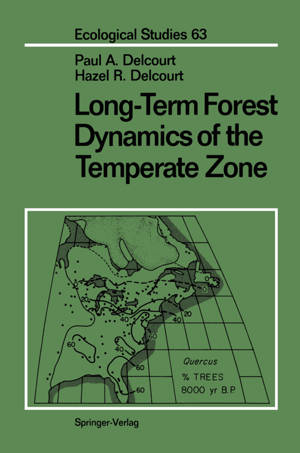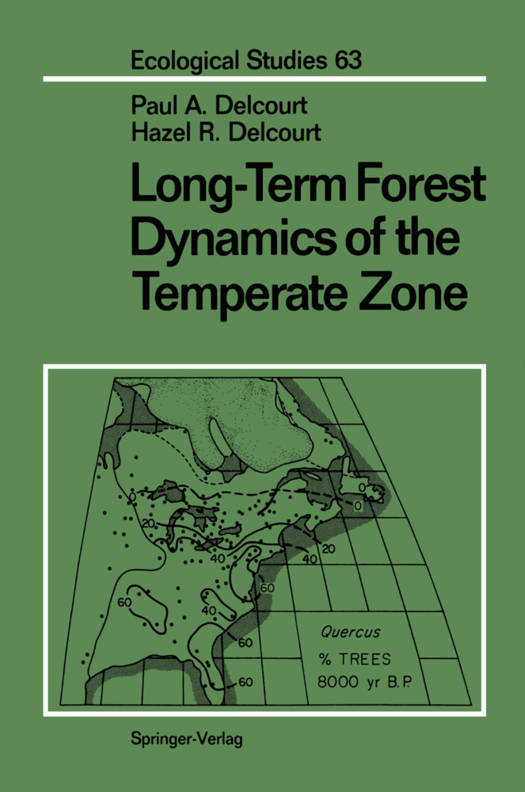
- Afhalen na 1 uur in een winkel met voorraad
- Gratis thuislevering in België vanaf € 30
- Ruim aanbod met 7 miljoen producten
- Afhalen na 1 uur in een winkel met voorraad
- Gratis thuislevering in België vanaf € 30
- Ruim aanbod met 7 miljoen producten
Zoeken
Long-Term Forest Dynamics of the Temperate Zone
A Case Study of Late-Quaternary Forests in Eastern North America
Paul A Delcourt, Hazel R Delcourt
€ 153,95
+ 307 punten
Omschrijving
The synthesis presented in this volume is a direct outgrowth of our ten-year FORMAP Project (Forest Mapping Across Eastern North America from 20,000 yr B.P. to the Present). Many previous research efforts in paleoecology have used plant-fossil evidence as proxy information for primarily geologic or climatic reconstructions or as a bio- stratigraphic basis for correlation of regional events. In contrast, in this book, we deal with ecological questions that require a holistic perspective that integrates the interactions of biota with their dynamically changing environments over time scales up to tens of thousands of years. In the FORMAP Project, our major research objective has been to use late-Quaternary plant-ecological data sets to evaluate long-term patterns and processes in forest de- velopment. In order to accomplish this objective, we have prepared subcontinent-scale calibrations that quantitatively relate the production and dispersal of arboreal pollen to dominance in the vegetation for the major tree types of eastern North America. Quantification of pollen-vegetation relationships provides a basis for developing quan- titative plant-ecological data sets that allow further ecological analysis of both individual taxa and forest communities through time. Application of these calibrations to fossil- pollen records for interpreting forest history thus represents a fundamental step beyond traditional summaries based upon pollen percentages.
Specificaties
Betrokkenen
- Auteur(s):
- Uitgeverij:
Inhoud
- Aantal bladzijden:
- 439
- Taal:
- Engels
- Reeks:
- Reeksnummer:
- nr. 63
Eigenschappen
- Productcode (EAN):
- 9781461291367
- Verschijningsdatum:
- 12/10/2011
- Uitvoering:
- Paperback
- Formaat:
- Trade paperback (VS)
- Afmetingen:
- 156 mm x 234 mm
- Gewicht:
- 635 g

Alleen bij Standaard Boekhandel
+ 307 punten op je klantenkaart van Standaard Boekhandel
Beoordelingen
We publiceren alleen reviews die voldoen aan de voorwaarden voor reviews. Bekijk onze voorwaarden voor reviews.











